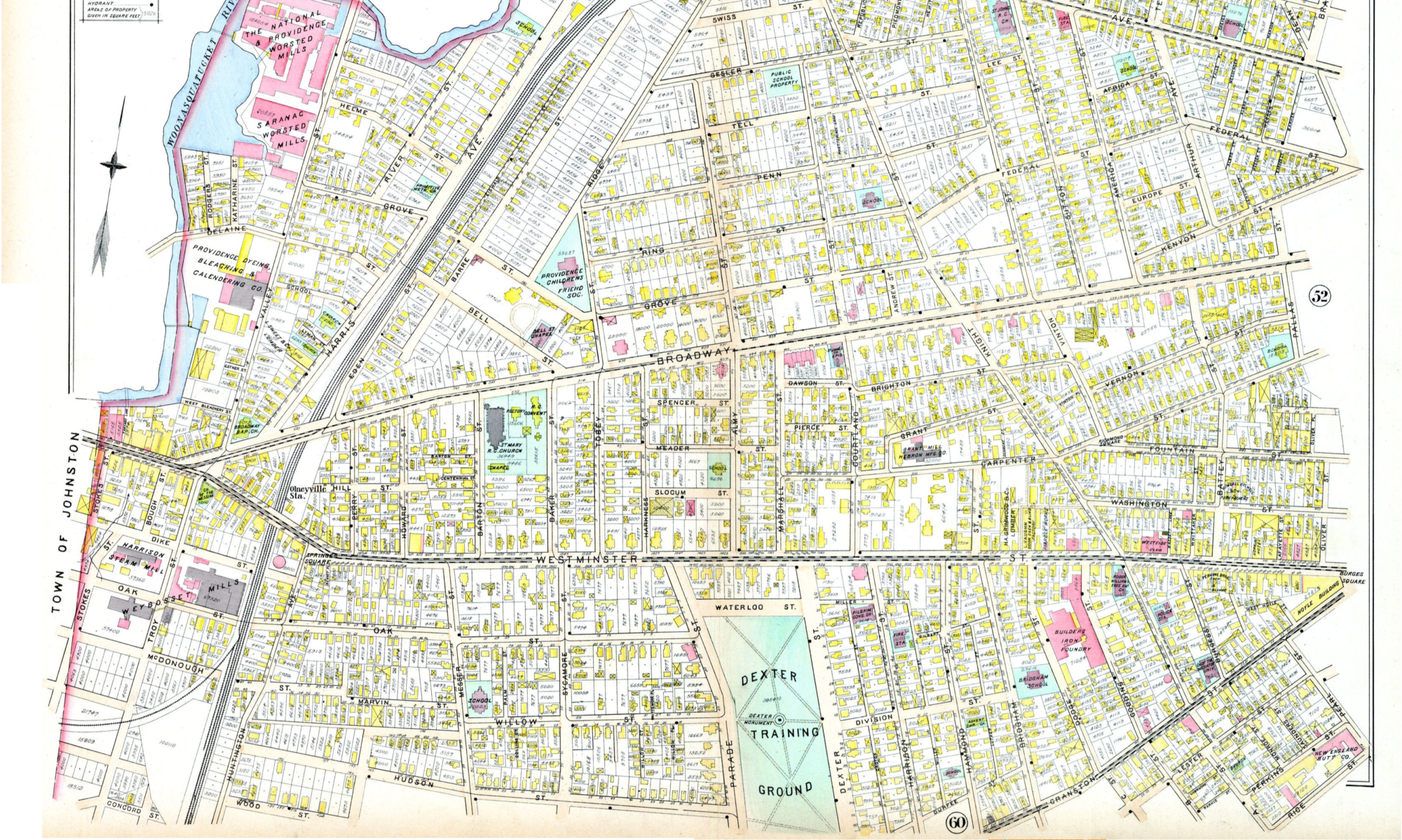I just got back from a fabulous weekend at the New England Folk Festival (NEFFA). One of the most memorable events for me was Julia Nickles’ discussion called “Calling All College Students“, the purpose of which was to connect with college-age festival-goers and find out some of the issues they face related to the festival. It was very successful for the limited audience available to it.
But it got me thinking. Why isn’t there information on the internet about which colleges have good contradance scenes? When I was applying to college, there really weren’t any resources for applicants interested in folkdance. I liked Bates because I saw that they had a contradance club, but that was about the extent of it. I think there should be more information available. So yesterday I decided to make a guide to contradancing at universities. I know a lot about young contradancers in the Northeast, but there are many areas of the country where there’s contradancing that I don’t have much knowledge of. So I’d like your help! If you know about the contradance scenes for college-age folks outside of the Northeast, I’d love to talk with you.
Some factors I’ll be thinking about:
- Whether a school has an active folkdance student organization.
- How long such an organization has been going on, and thus its likelihood of persisting.
- The approximate number of members of such an organization, total as well as percentage of student body.
- The proximity and frequency of off-campus contradances.
- The number of alumni active in the contradance scene.
- Faculty who help students find folk dancing.
For example, I know Oberlin, Swarthmore, Bates, Marlboro, Hampshire, and Brown all have good folkdance communities, but I’d like to quantify that, Nate Silver style. So let me know if you know things that I don’t! This will be a collaborative process.


Preliminary quantification:
Current active membership in student organization: out of 50
Legacy of student organization (alumni, institutional memory): out of 50
Proximity to local dances: out of 50
Encouraging faculty & staff: 10 for each one.
What do you think?
Alex,
I look forward to seeing the information you collect. Wonderful. I encourage all those who know a piece of this to chime in.
Three other topics important to have information on (in my book) are the
– proportion of community members attending the college dance
– frequency of the on-campus dances
– method of financing
There is some information available about current college dances on the Groups and Events part of the Youth Desk. I imagine this will be amended after the results of your work.
Of course, the College Starter Kit has a collection of ideas from different dances. (I am always looking to expand this, by the way.)
Thanks to Alex and everyone else involved with college dancing!
Max Newman
CDSS Youth Intern
max@cdss.org
Here’s a suggestion: though i don’t know much about quantification strategies, i think the local dances element should be more detailed, including number, proximity, AND average attendance. That’s a little complicated, yes, but think how much more complete a picture of the area it gives.
For example, UMaine Orono has a Trad Music and Dance club that exists for all practical purposes in name only. So low score there. The Orono dance is usually small, but the Bangor dance averages about 100 for the year i would estimate, higher during the academic year. Then there are two other good dances about an hour’s drive. If you came up with a way to represent the quality of the local dance scene as a function of (dance size/proximity) (or something similar) the additional detail might be valuable.
So, Marlboro’s going to present a problem for your current system.
First off, it doesn’t really have much in the way of “official student organizations.” There’s Pride, I hear there’s a couple more groups these days, but generally, we don’t have clubs like at other schools.
The second problem is that it’s really, really tiny. So if your “out of 50” for “current active membership” means “out of 50 people,” you’re talking about a quantity that’s slightly less than 1/6th of the entire college.
Because here’s the thing: the scene is decent, not necessarily übergreat, but definitely decent, for a college of its size. We still have, as far as I recall, at least two dances per year at the college itself, one professor who is very pro-contra, and a contra jam band (although I believe several members are close to graduating). We’re also close to several great dances in the Southern Vermont/Western Massachusetts area. It’s pretty darn good, all things considered. Which is why I worry that your metric will unfairly penalize Marlboro for having a tiny contra scene–simply because it’s just so darn tiny to start with.
Which brings me to these suggestions: Maybe you could weight your results by size of student body? Or at least compare colleges of similar sizes and/or financial statuses? I also think you should find a way to quantify access to local dances not at the college, both in terms of availability of rides as well as cost of the dances.
Stacy, Marlboro’s situation is already very much on my radar. See the first comment. I’m thinking of including a category for active faculty, and also making size of active student population relative to student body size, both because of Marlboro. And access to good local dances is a big deal too, definitely important to the ratings.
Don’t forget MIT. Wheaton MA has one too I think (ask Beth Markens)